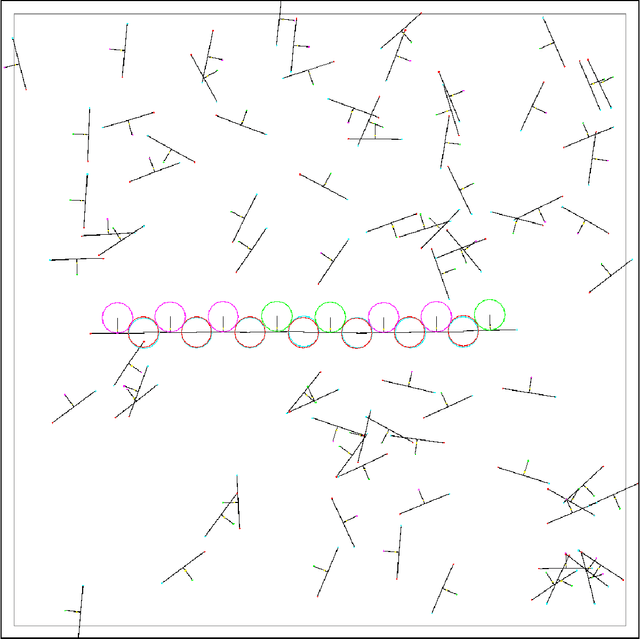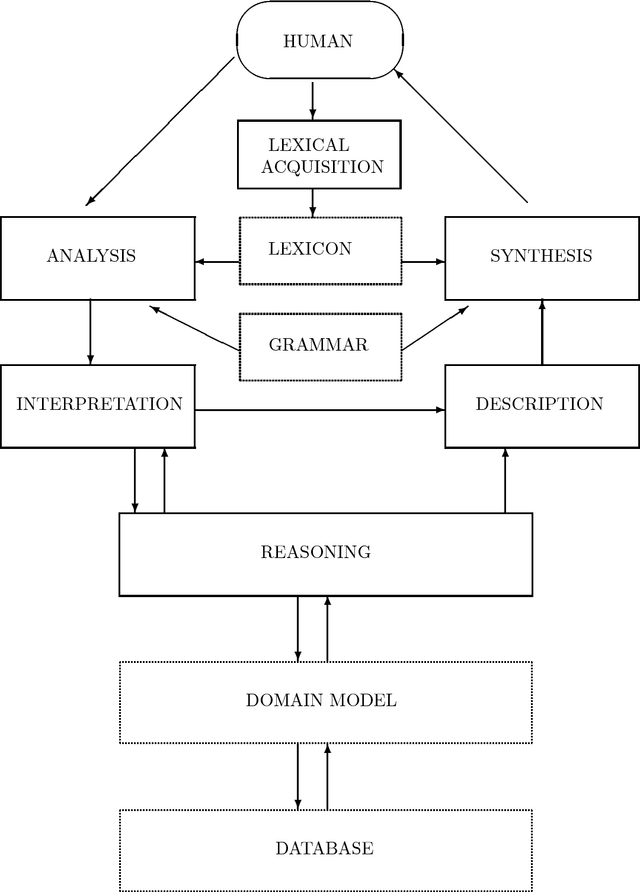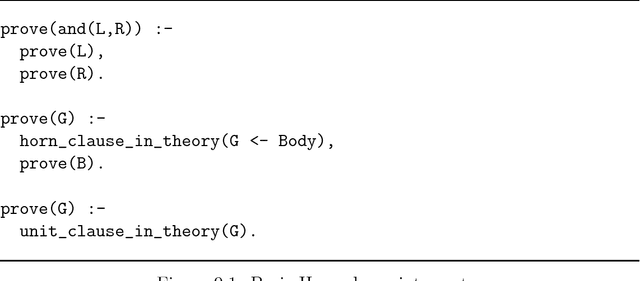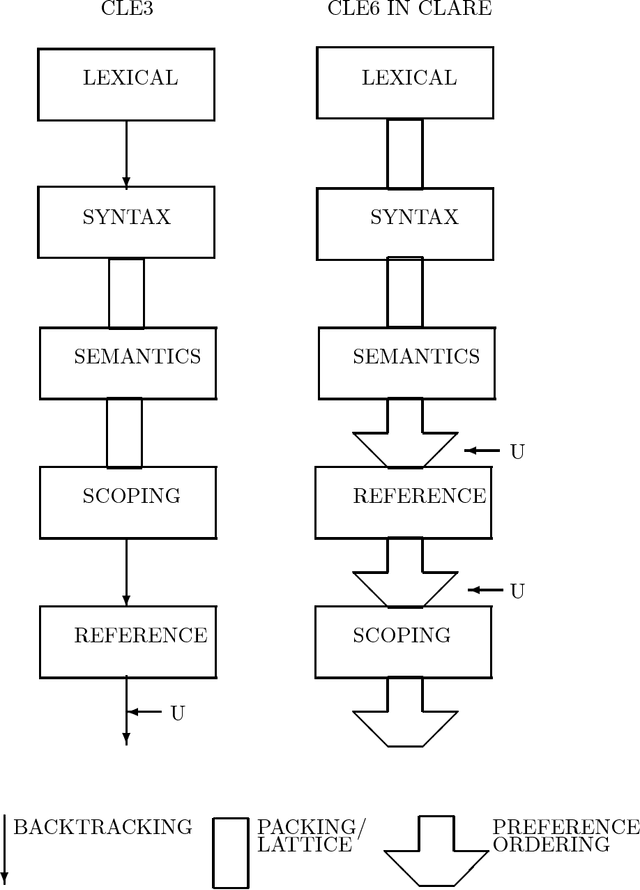Arnold Smith
National Research Council of Canada
Self-Replicating Machines in Continuous Space with Virtual Physics
Apr 15, 2003Abstract:JohnnyVon is an implementation of self-replicating machines in continuous two-dimensional space. Two types of particles drift about in a virtual liquid. The particles are automata with discrete internal states but continuous external relationships. Their internal states are governed by finite state machines but their external relationships are governed by a simulated physics that includes Brownian motion, viscosity, and spring-like attractive and repulsive forces. The particles can be assembled into patterns that can encode arbitrary strings of bits. We demonstrate that, if an arbitrary "seed" pattern is put in a "soup" of separate individual particles, the pattern will replicate by assembling the individual particles into copies of itself. We also show that, given sufficient time, a soup of separate individual particles will eventually spontaneously form self-replicating patterns. We discuss the implications of JohnnyVon for research in nanotechnology, theoretical biology, and artificial life.
* 39 pages, Java code available at http://purl.org/net/johnnyvon/
JohnnyVon: Self-Replicating Automata in Continuous Two-Dimensional Space
Dec 08, 2002



Abstract:JohnnyVon is an implementation of self-replicating automata in continuous two-dimensional space. Two types of particles drift about in a virtual liquid. The particles are automata with discrete internal states but continuous external relationships. Their internal states are governed by finite state machines but their external relationships are governed by a simulated physics that includes brownian motion, viscosity, and spring-like attractive and repulsive forces. The particles can be assembled into patterns that can encode arbitrary strings of bits. We demonstrate that, if an arbitrary "seed" pattern is put in a "soup" of separate individual particles, the pattern will replicate by assembling the individual particles into copies of itself. We also show that, given sufficient time, a soup of separate individual particles will eventually spontaneously form self-replicating patterns. We discuss the implications of JohnnyVon for research in nanotechnology, theoretical biology, and artificial life.
CLARE: A Contextual Reasoning and Cooperative Response Framework for the Core Language Engine
Nov 01, 1994



Abstract:This report describes the research, design and implementation work carried out in building the CLARE system at SRI International, Cambridge, England. CLARE was designed as a natural language processing system with facilities for reasoning and understanding in context and for generating cooperative responses. The project involved both further development of SRI's Core Language Engine (Alshawi, 1992, MIT Press) natural language processor and the design and implementation of new components for reasoning and response generation. The CLARE system has advanced the state of the art in a wide variety of areas, both through the use of novel techniques developed on the project, and by extending the coverage or scale of known techniques. The language components are application-independent and provide interfaces for the development of new types of application.
 Add to Chrome
Add to Chrome Add to Firefox
Add to Firefox Add to Edge
Add to Edge